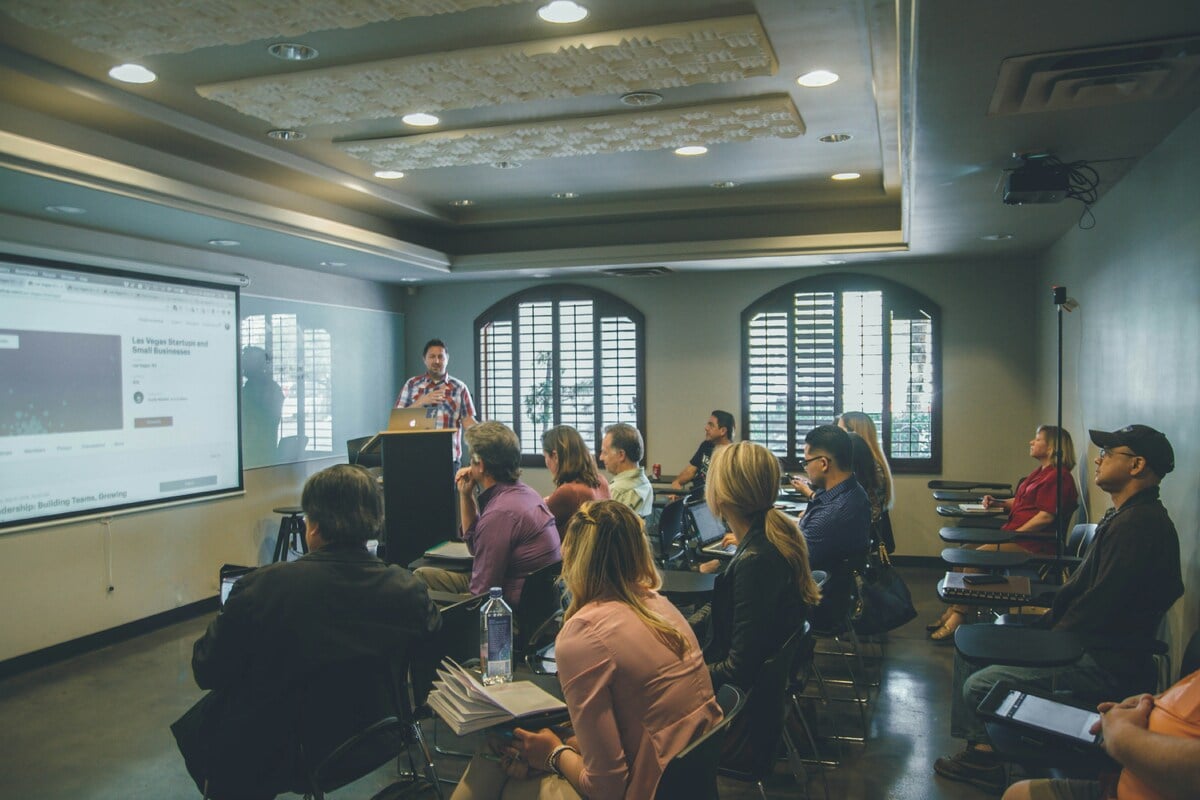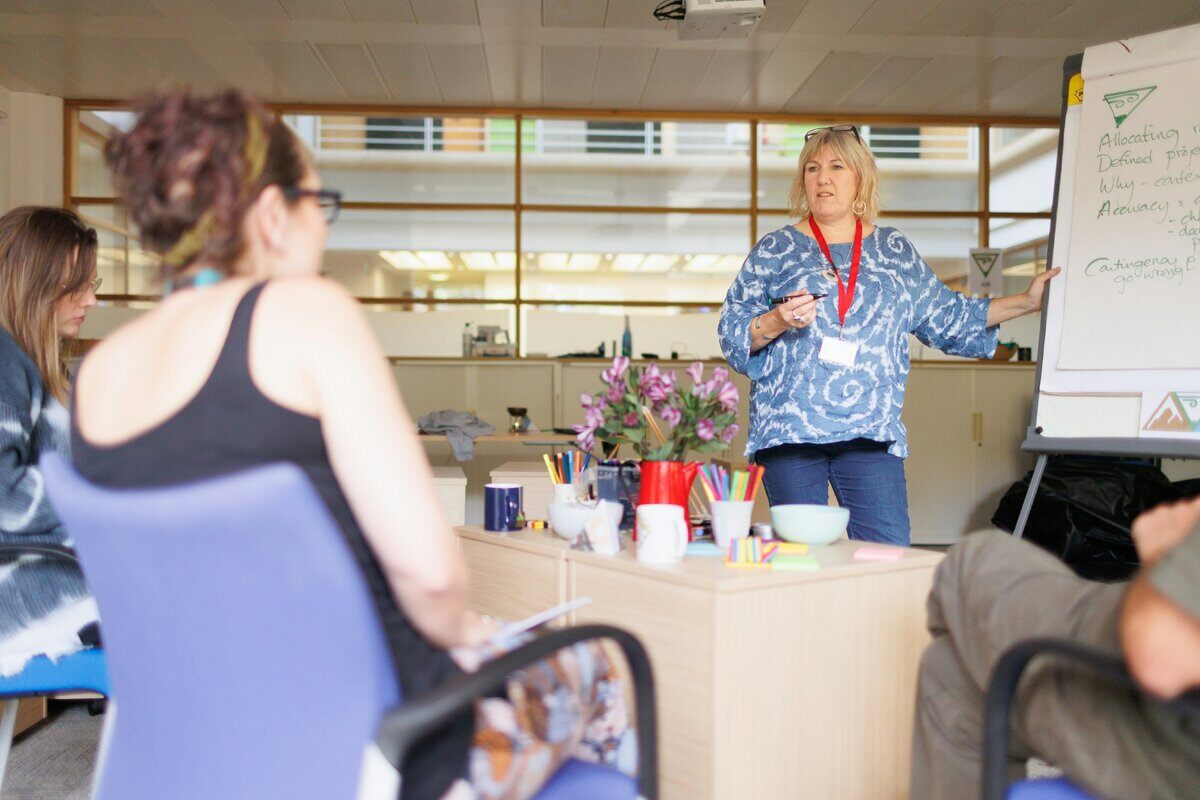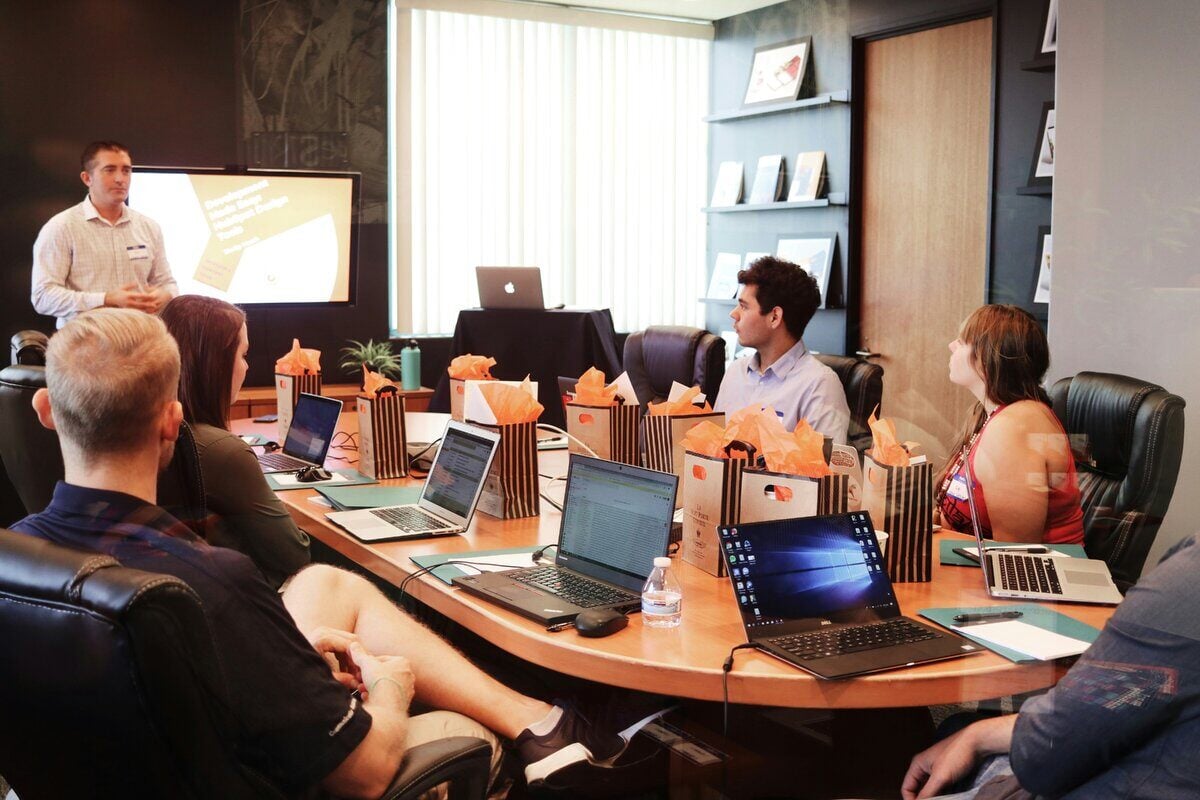
Unlocking Workforce Innovation: How University-Industry Partnerships Solve Real Workplace Challenges
You’ve designed the courses, delivered the modules, and watched engagement spike—only to fade again weeks later. The problem isn’t you. It’s that most workplace training still ignores what science tells us about how people actually learn.
Despite the clear benefits for both employers and businesses, many workplace learning initiatives fall flat. The diagnosis is straightforward: they simply don't connect academic research with practical application.
The Historical Divide Between Academia and Industry
Universities and workplaces have historically operated in separate spheres with misaligned priorities. Academic institutions focus on theoretical knowledge and scholarly publications, while businesses need immediate, practical solutions to workplace challenges. The divide is reinforced through semester-based calendars that don't align with business timelines, faculty promotion systems prioritizing research over practical application, and administrative complexities that discourage external partnerships. While we've seen promising examples of successful university-industry collaboration, these partnerships remain the exception rather than the rule in most industries.
Why Higher Education Partners Matter
For decades, workplace learning has evolved separately from educational research. While universities have developed sophisticated frameworks for designing effective learning environments, these insights rarely make their way into corporate training programs. Forward-thinking organizations recognize that tapping into academic expertise isn't just about accessing content—it's about transforming how workplace learning is designed and implemented. These partnerships bring structured methodologies and evidence-based approaches that elevate training from information delivery to genuine skill development.

The Value of Research-Driven Learning Design
Access to Research and Innovation
Effective university-industry partnerships provide organizations with direct access to cutting-edge learning research and methodologies that transform workplace training. Rather than maintaining expensive in-house research teams, businesses can leverage academic expertise in learning science, cognitive psychology, instructional design frameworks, and emerging educational technologies. These collaborative approaches create opportunities for innovative solutions that neither sector could develop independently, combining theoretical rigor with practical application.
Application of Evidence-Based Learning Science
Well-designed training programs can positively impact employee engagement and performance, yet many workplace learning programs don't apply evidence-based design principles. Universities bring scientific rigor to workplace learning through research-validated learning models, authentic assessment strategies, experiential learning frameworks, and learning environment design methodologies. As noted in our recent blog "Learning That Feels Real": "When it comes to learning that truly sticks, authenticity isn't a luxury—it's a necessity." Higher education partners help design learning experiences that mirror actual workplace conditions, creating training that develops genuine skills rather than just transferring information.
How LX Studio Transforms Workplace Learning
Academic Expertise Meets Market Demand
The University of Central Oklahoma's LX Studio exemplifies effective higher education-industry partnership through its innovative Learning Environment Modeling™ (LEM™) methodology.
This collaboration has produced measurable results for partner organizations, improving learning transfer, reducing training development time, and generating positive participant feedback on immediate skill application.
The LEM™ framework provides organizations with a visual system for designing learning experiences that make training more intentional, collaborative, and actionable—bridging theoretical understanding with practical application.
Multidisciplinary Teams Drive Innovation
LX Studio's partnerships leverage cross-functional teams that combine academic expertise with industry experience:
"Our work with UCO's LX Studio transformed how we approach employee development. Their multidisciplinary team helped us reimagine learning experiences that actually change workplace behaviors," reports the Chief Learning Officer at a national standards-based association.
This approach has succeeded across diverse projects including Noble Foundation's learning design workshops that established consistent approaches enhancing institutional design capacity, UHD's Course Innovation Initiative that improved student success through evidence-based redesign, and the AEC Project Manager Apprenticeship Program that became the first DOL-approved program of its kind in the region.
How to Structure Effective University-Industry Partnerships
Establish Shared Goals and Success Metrics
Successful partnerships begin with clearly defined objectives and measurable outcomes that address both academic and business priorities. Organizations should articulate specific learning challenges the partnership will address, define indicators of success for both parties, establish regular review processes with stakeholders, and document outcomes to demonstrate return on investment.
This structured approach helps ensure both partners remain aligned throughout the collaboration process, even as specific projects evolve.
Co-Develop Learning Experiences for Maximum Impact
The most valuable partnerships involve true co-creation rather than treating universities as service providers. This might include joint design workshops using visual modeling tools, industry experts participating in academic program development, academic researchers conducting studies within workplace contexts, and co-creation of micro-credentials that serve both sectors.
LX Studio's Learning Experience Design (LXD) Micro-credential exemplifies this approach, combining asynchronous learning with synchronized community practice to build sustainable design capacity within partner organizations.
The Transformative Impact of Authentic Learning
Organizations that implement learning environments aligned with workplace realities see profound benefits. Employees apply new skills more quickly and confidently. The transition from training to application becomes seamless. Learners recognize the relevance and value of their learning experiences. Knowledge connected to realistic contexts stays accessible longer. And perhaps most importantly, employees develop adaptability that transfers across situations.
Take This Step:
List three local universities or community colleges near your organization. Identify one that has a program in instructional design, learning sciences, or workforce development—and send a single email proposing a short conversation.
You may be surprised by how eager faculty and graduate students are to collaborate. Even a 30-minute discussion can surface insights about learner motivation, assessment design, or engagement strategies that reframe how you approach your next training cycle.
The LX Studio Approach
At LX Studio, we specialize in transforming traditional training into authentic learning experiences that deliver measurable results. Our approach combines research-driven methodology incorporating the latest findings from cognitive science and adult learning theory. We use innovative design frameworks like the LEM blueprint to systematically align learning with workplace realities. And our practical implementation expertise bridges theory and practice, creating solutions that work within real organizational constraints.
We believe that learning should never feel artificial or disconnected from the contexts where it matters most. Through thoughtful design and systematic implementation, we help organizations create learning experiences that feel real—because they're built to reflect the authentic complexities of actual workplace environments.
If you’re rethinking how to make learning stick, you’re in the right place. LX Studio blends academic rigor with practical design methods—and we share what we learn. Subscribe to our blog for frameworks, real examples, and ways to apply learning science to your own workplace.





